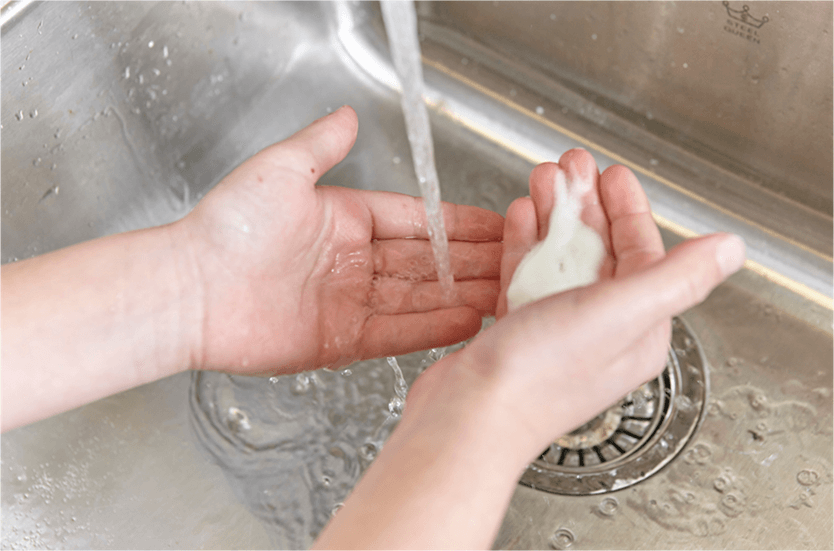Help students learn kitchen skills while having fun
Teaching Kitchen Skills
Students love hands-on activities no matter how old they are. Getting them involved in cooking activities is a fun way to teach kitchen skills that will last a lifetime. Before starting your classroom cooking activity, choose a suitable recipe that all students can enjoy. Consider any allergies, food intolerances or other restrictions. Have students tie back long hair and roll up their sleeves before starting the fun!
Covering Ground Rules
Talk to your students about practicing the following hygiene and food safety tips to prevent food borne illnesses:
- Wash your hands before you start cooking. Wash them during cooking as well e.g., after sneezing, touching your face or going to the washroom.
- Don’t sample food or lick your fingers during cooking. Wait until food is cooked before tasting.
- Use a waterproof bandage and a glove if you have an open wound on your hand.
- Clean as you go. Wash hands, surfaces and kitchen utensils.
- Wash all vegetables and fruit under running water before using them. Use a scrub brush to clean those with thick skin such as potatoes, carrots, melons.
- Keep raw foods like meat and poultry separate from foods that are cooked or ready-to-eat.
- Store all perishable foods in a fridge or in a cooler with ice packs until you need to use them. This will keep foods out of the temperature danger zone where bacteria can grow quickly.
- Make sure perishable foods don’t sit at room temperature for more than 2 hours before refrigerating them. Don’t keep food at room temperature for more than one hour on warmer days.
For more information on cooking in the classroom, read our article Cooking Up Some Fun.


